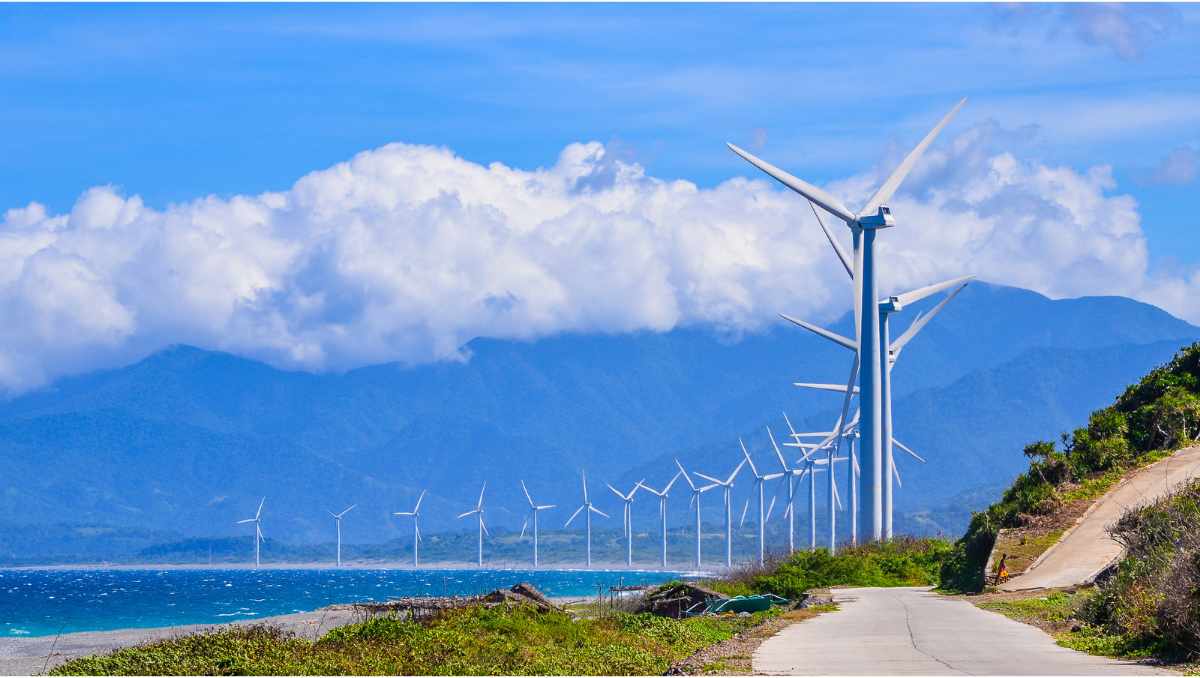Region I, or the Ilocos Region, is a region that showcases the natural beauty, historical landmarks, and vibrant culture of the Philippines.
It occupies the northwestern part of Luzon, and is surrounded by the Cordillera Administrative Region to the east, the Cagayan Valley to the northeast and southeast, Central Luzon to the south, and the South China Sea to the west.
It spans a land area of 129.65 km2 or 5005.67 sq mi as of 2013. As of May 1, 2020, the region had a population of approximately 5,301,139 people. The regional center of Ilocos is San Fernando. The region is composed of four provinces: Ilocos Norte, Ilocos Sur, La Union, and Pangasinan. These provinces are further divided into 116 municipalities and 3,267 barangays.
Also Read: List of Regions in the Philippines
Quick Summary:
| Information | Details |
|---|---|
| Location | Northwestern coast of Luzon island |
| Land Area (2013) | 129.65 km2 (5005.67 sq mi) |
| Population (as of 01 May 2020) | 5,301,139 |
| Regional Center | San Fernando |
| Provinces | Ilocos Norte, Ilocos Sur, La Union, and Pangasinan |
| Municipalities | 116 |
| Barangays | 3,267 |
Region 1 Map
Provinces in Region 1
Ilocos Norte: The Northern Jewel
Ilocos Norte is a province that has a rich history and natural attractions. Its capital, Laoag City, is a lively center of trade and governance. The province features well-preserved Spanish colonial architecture and scenic landscapes. One of its most renowned landmarks is the Bangui Wind Farm, a symbol of the province’s dedication to renewable energy.
The province also has amazing beaches and hidden hiking trails. The seaside town of Pagudpud is a famous destination for its white sand beaches and clear blue waters. For thrill-seekers, Adams offers waterfalls and hanging bridges for a memorable nature trip.
Ilocos Sur: A Trip to the Past
Ilocos Sur is a province that takes pride in its well-preserved Spanish colonial city of Vigan. Recognized as a UNESCO World Heritage site, Vigan’s Mestizo district is marked by cobblestone streets and mansions with wrought-iron balconies. Walking through its streets feels like traveling back in time.
Besides Vigan, Ilocos Sur also offers natural attractions such as the Pinsal Falls in Santa Maria. The province’s rich cultural heritage is reflected in its traditional crafts like Abel weaving and Basi wine-making.
La Union: The Surfing Capital
La Union is known as the surfing capital of Northern Philippines’ west coast. Its consistent year-round surf swell makes it a popular destination for both local and foreign surfers. But apart from its waves, La Union also offers historical landmarks and nature escapes.
One must-visit spot in La Union is the Cape Bolinao Lighthouse. Built in 1905, it offers scenic views of lush greenery and the sparkling ocean. For nature lovers, trekking to Tangadan Falls in San Gabriel town is a must-do activity.
Pangasinan: Land of Salt
Pangasinan is known for its salt beds which are a major source of livelihood for locals. It’s also home to the Hundred Islands National Park in Alaminos City – a group of 124 islands and islets that offer various activities such as island hopping, snorkeling, kayaking, and even ziplining.
The province also takes pride in its culinary delights. Pangasinan’s Calasiao town is famous for its sweet rice cakes or “puto”, while Dagupan City is known for its delicious “bangus” or milkfish.
Cities in Region 1
Region 1 is home to several cities each with its own unique charm and attractions. The cities in this region include:
- Batac City: Known as the “Home of Great Leaders”, it is where you can find the Marcos Museum and Mausoleum.
- Laoag City: The capital of Ilocos Norte, it is famous for its historic sites and the sand dunes adventure.
- Candon City: Located in Ilocos Sur, it is known for tobacco farming and its annual “Tobacco Festival”.
- Vigan City: A UNESCO World Heritage Site, it is famous for its preserved Spanish colonial architecture.
- San Fernando City: The regional center of the Ilocos Region located in La Union.
- Alaminos City: Located in Pangasinan, it is the gateway to the Hundred Islands National Park.
- Dagupan City: Also in Pangasinan, it is known as the “Bangus (Milkfish) Capital of the World”.
- San Carlos City: It is one of the oldest and richest cities in Pangasinan.
- Urdaneta City: Known as the “Gateway to Northern Philippines”, it is one of the commercial centers of Pangasinan.
Each city contributes to the rich cultural heritage and economic growth of the region.
Conclusion
The Ilocos Region offers a unique blend of history, culture, adventure, gastronomy, and natural beauty. Each province has something unique to offer – from Ilocos Norte’s windmills to Ilocos Sur’s heritage city; from La Union’s surfing spots to Pangasinan’s Hundred Islands. Indeed, a journey through this region provides an enriching experience that leaves one with a deeper appreciation of the Philippines’ rich heritage and natural wonders.

